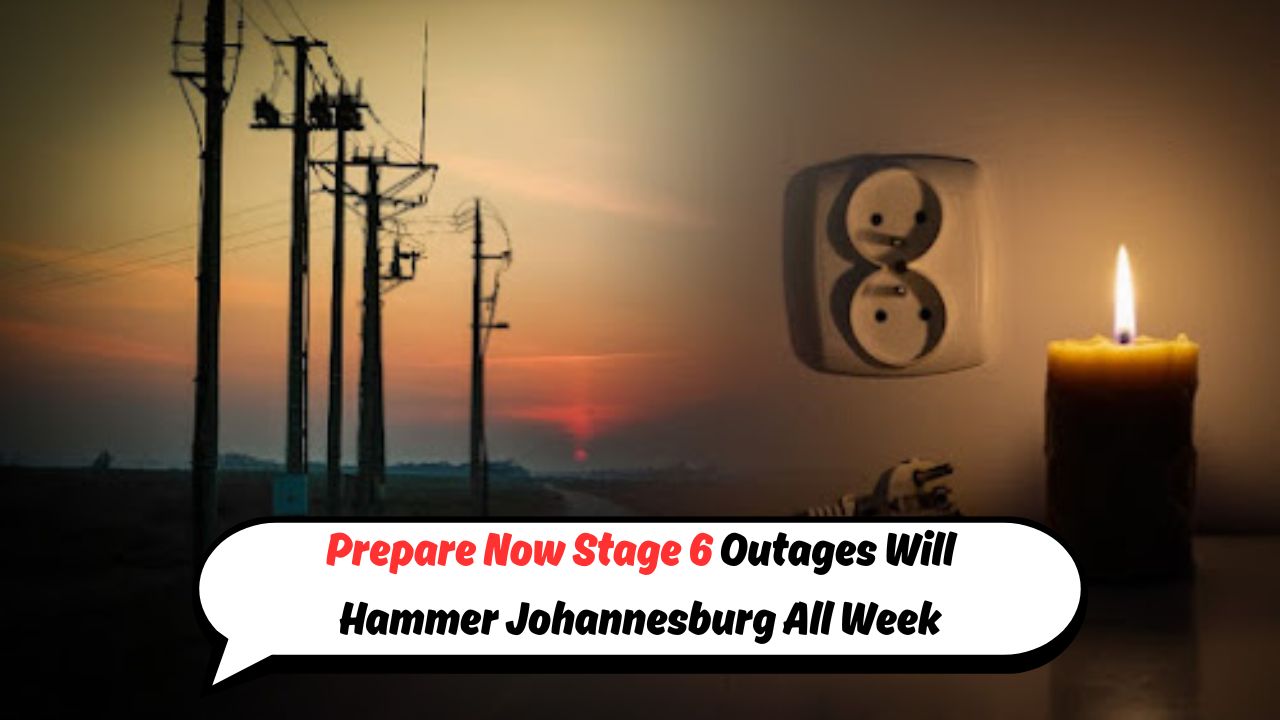Stage 6 Blackouts Return – The return of Stage 6 load shedding has cast a dark shadow over Johannesburg, with power cuts plunging the city into widespread darkness throughout the week. Residents have once again been forced to adjust their daily routines, dealing with the harsh realities of unpredictable electricity supply. Businesses face disruptions, traffic lights are out of service, and households are scrambling for alternative power sources. The city’s infrastructure is under pressure, and frustration is mounting among citizens. The ongoing energy crisis has sparked renewed debates around Eskom’s management and the government’s response. As the outages continue, so too does public concern over long-term solutions.
Impact on Daily Life
The latest surge in load shedding is wreaking havoc on everyday life in Johannesburg. Commuters are experiencing significant delays due to non-functioning traffic signals, creating gridlock during peak hours. Small businesses are struggling to maintain operations without stable electricity, with many resorting to costly generators. In residential areas, families are forced to cook meals on gas stoves, rely on battery-powered lighting, and deal with the health risks of extended darkness. The emotional toll is also growing, with anxiety and fatigue setting in as residents feel increasingly powerless in the face of these recurring blackouts.
Government and Eskom Response
The government has come under intense scrutiny for its handling of the power crisis. Eskom, the state-owned utility company, has cited aging infrastructure, lack of maintenance, and insufficient capacity as major contributors to the ongoing blackouts. While promises of long-term investments and reforms have been made, progress appears slow and confidence among citizens is waning. Emergency meetings and task forces have been announced, but concrete solutions remain elusive. Critics argue that mismanagement and corruption have compounded the crisis, and without swift, transparent action, the energy situation in Johannesburg—and South Africa more broadly—may only worsen in the coming months.
Public Reactions and Social Media Outrage
South Africans have taken to social media to express their anger and despair over the escalating power cuts. Hashtags like #Stage6 and #LoadShedding are trending across platforms, with thousands sharing their stories of hardship, failed businesses, and disrupted lives. Memes, while humorous, reflect deep frustration and a desperate need for answers. Community forums are flooded with questions, survival tips, and calls for protests. The digital sphere has become a battleground of public opinion, showcasing both resilience and outrage. As online voices grow louder, the government and Eskom are feeling increasing pressure to address the crisis more effectively and restore public trust.
Long-Term Implications for Johannesburg
The consistent return of severe load shedding poses serious threats to Johannesburg’s future. Beyond the immediate inconvenience, the power crisis could deter investment, hinder economic growth, and damage the city’s global reputation. Industries reliant on constant power are particularly vulnerable, with some considering relocating or downsizing. Education, healthcare, and emergency services also suffer, impacting the most vulnerable members of society. Experts warn that without a comprehensive and transparent energy plan, Johannesburg risks falling behind in development. The city now stands at a critical crossroads, where decisive leadership and innovation are urgently needed to prevent deeper systemic collapse.
